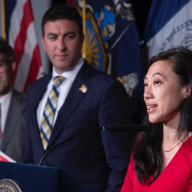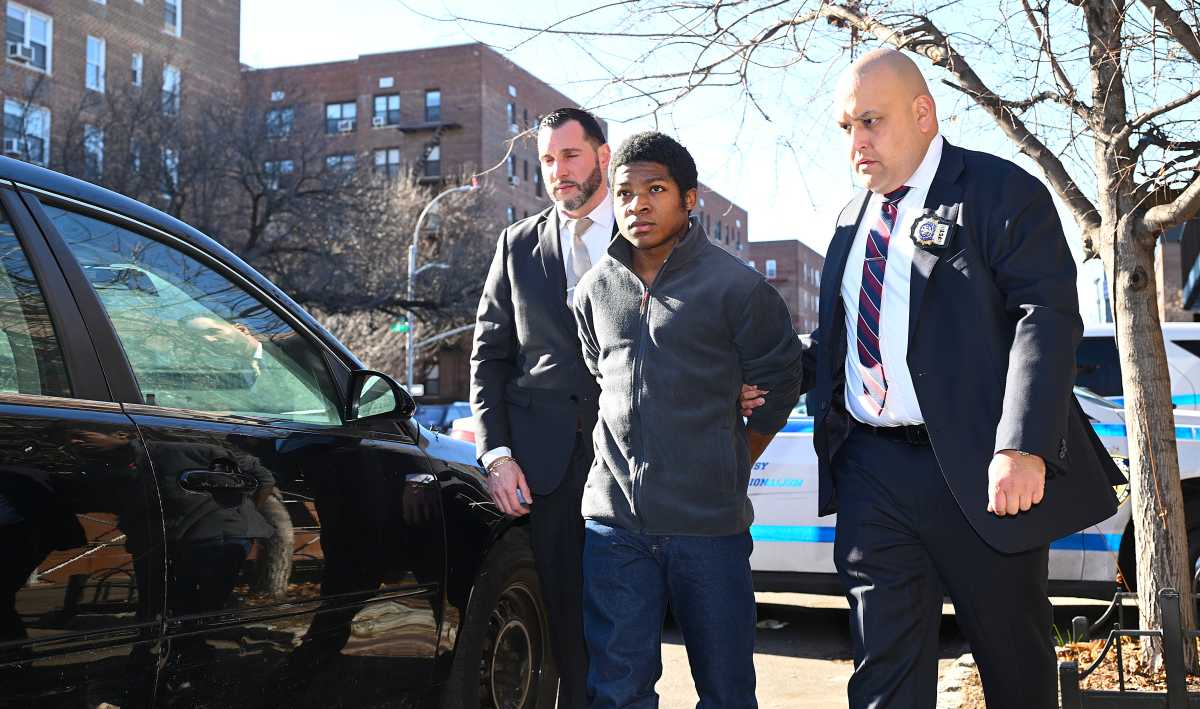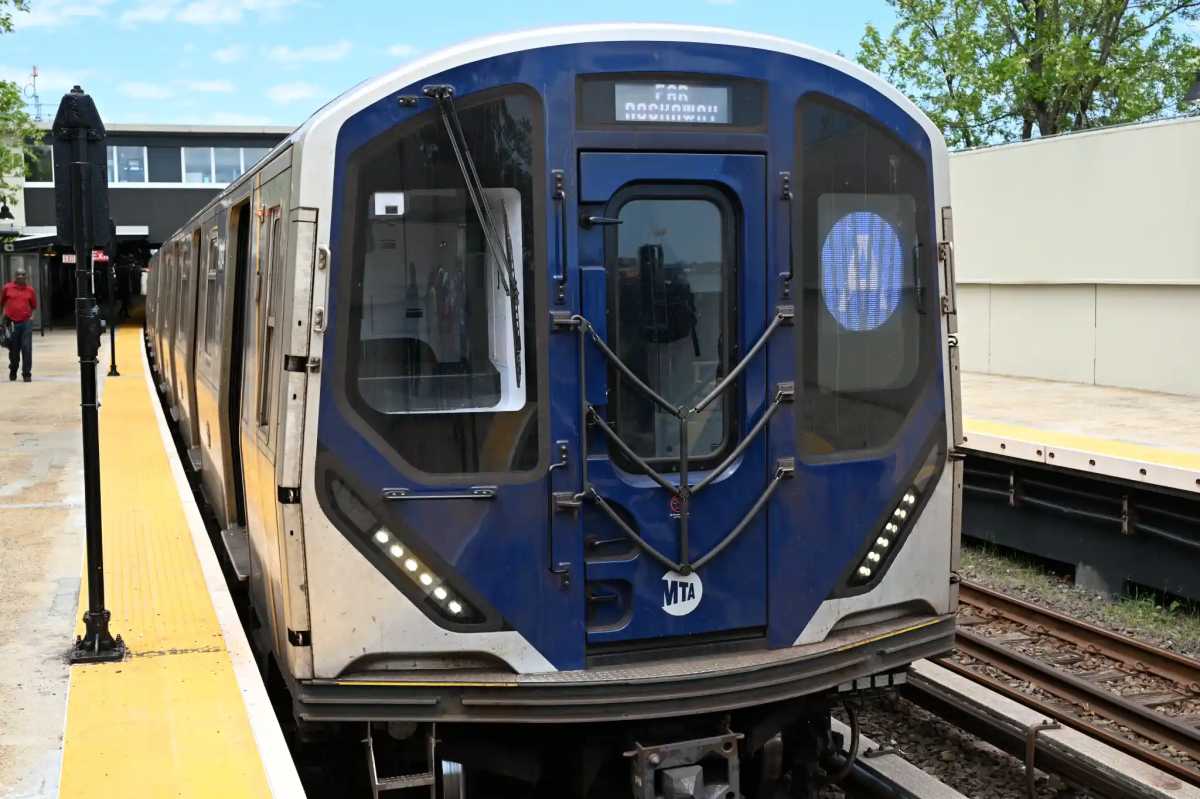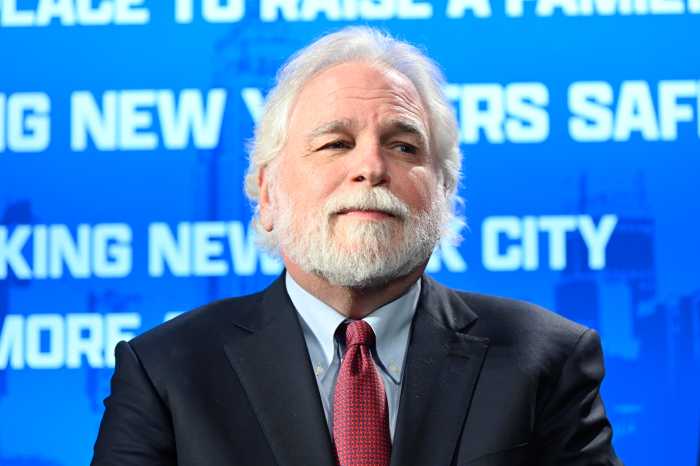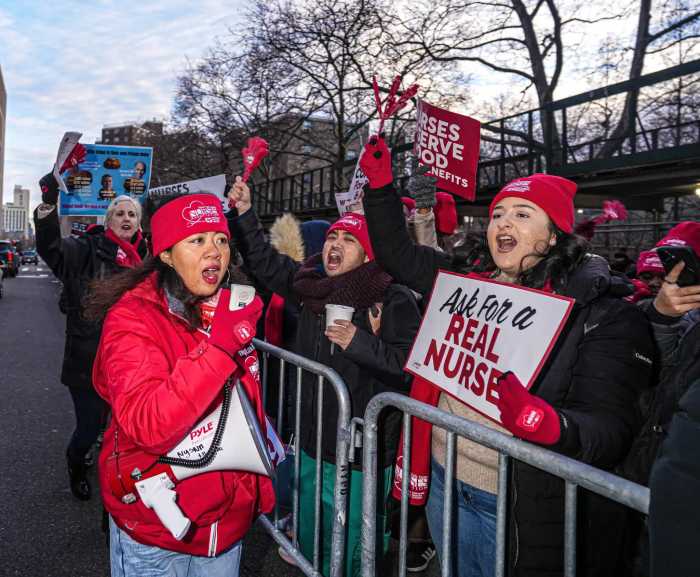The New York Racing Association (NYRA) is dead; long live the “new NYRA.”
After 22 months of wrangling in federal court, NYRA emerged from Chapter 11 bankruptcy protection on Friday, September 12, out of debt and ready to race.
The new NYRA incorporated with the state shortly afterwards, and embarked on the 25-year franchise that was approved in February, to operate the three thoroughbred race tracks in New York: Belmont Park on the Queens-Nassau border, Aqueduct Race Track in Ozone Park and Saratoga Race Course upstate.
“It’s a historic occasion. Our debts are gone, our management team is stronger and we have a clean run at running racing,” said C. Steven Duncker, NYRA board chair.
The state has waived roughly $200 million in debts and liens against NYRA as part of the deal. In addition, NYRA was given $105 million to pay off creditors and cover operating expenses, including $24 million to fund pension liabilities.
For its $305 million, the state got 150% more seats on NYRA’s board, audit power by the state Comptroller and clear title to 900 acres of prime land under the tracks, which has been valued at over $1 billion.
“We have the deeds in our hands,” said Morgan Hook, spokesperson for Governor David Paterson.
The issue was of importance to the bidders for the right to operate the 4,500-machine Video Lottery Terminal (VLT) franchise at Aqueduct, currently being reviewed in Albany. “The franchise bidders now know exactly what they’re going into,” Hook said.
He added that Paterson expects to reach the decision on the VLT franchise with Senate Majority Leader Dean Skelos and Assembly Speaker Sheldon Silver, “within a few weeks.”
NYRA will keep 4 percent of the revenue from those operations, under the terms of the franchise. The operation has not shown a profit since 2001, although a NYRA official said that preliminary projections for 2009 pointed to “a shot to eke out a small operating profit.”
In the meantime, NYRA will use part of the state money to tide itself over until the VLT money comes in. Duncker estimated that NYRA could last about two years without that revenue before “its financial stability started to become less certain,” according to a published report.
When asked whether there were second thoughts about the amount of money for NYRA, considering the current Wall Street difficulties, Hook told The Courier that, “The governor has said that while the state is in crisis, it’s critical that we invest wisely. Thoroughbred racing supports an even larger horse-related industry which generates billions in revenue and creates jobs.”
Hook pointed to racing, as well as the anticipated revenue and employment generated from VLT operations at Aqueduct as examples of diversification in the economy, which would help New York weather a crisis in another industry.









